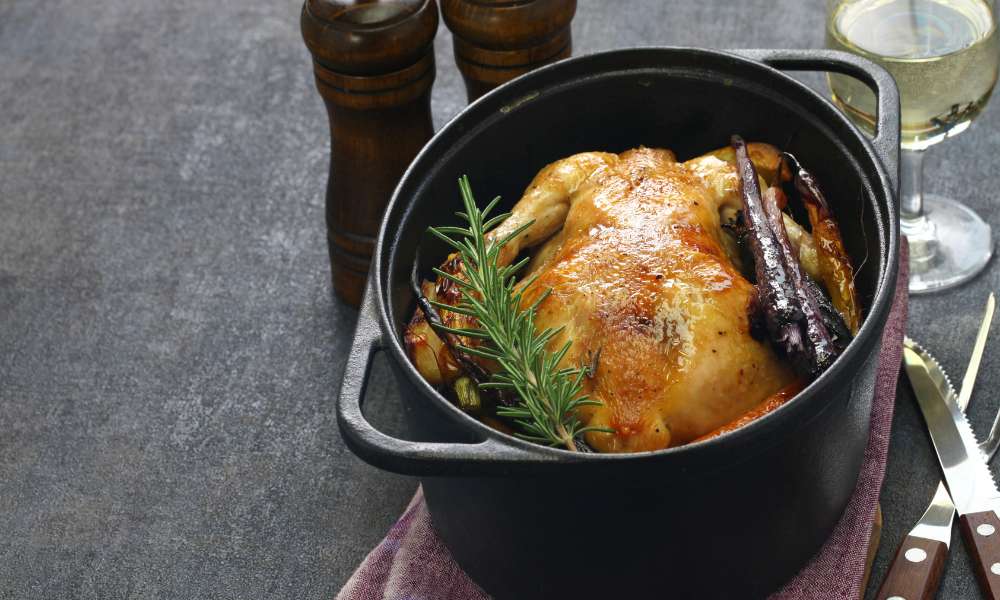Mastering the art of cooking a roast in a Dutch oven can transform your home meals into a feast worthy of celebration. This timeless cooking method allows the flavors to meld beautifully, creating a succulent, tender dish that’s hard to resist. Whether you’re a beginner or a seasoned chef, this guide on how to cook a roast in a Dutch oven will provide you with the essential techniques and tips to ensure your roast is perfectly cooked every time. Delve into the secrets of searing, seasoning, and slow cooking that will elevate your culinary skills and impress your dinner guests. Let’s start your journey to becoming a Dutch oven roast expert!
Essential Tools and Ingredients for a Perfect Roast
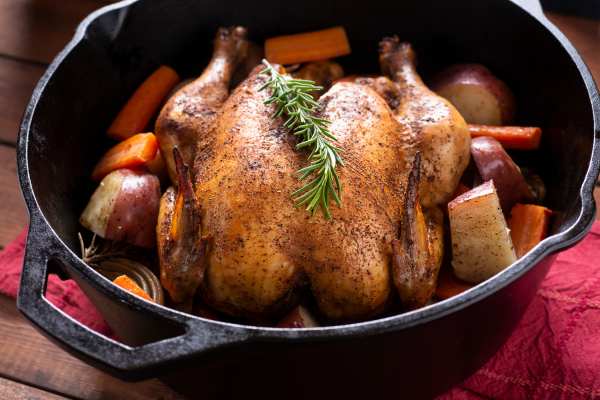
To achieve the perfect roast in your Dutch oven, having the right tools and ingredients is crucial. Start with a high-quality Dutch oven that distributes heat evenly. You’ll need a sturdy trivet or rack to place inside the pot, which keeps the meat elevated, allowing heat to circulate thoroughly. As for ingredients, select a prime cut of meat—beef chuck or pork shoulder are excellent choices. Fresh herbs like rosemary and thyme, along with robust garlic and onions, enhance the flavor profile. Don’t forget coarse salt and freshly ground pepper for seasoning, and a bit of oil for searing the meat to lock in those delicious juices.
Preparing Your Meat: Tips for Seasoning and Marinating
When preparing meat for a Dutch oven roast, proper seasoning and marinating are key to enhancing flavor and tenderness. Start by generously seasoning your meat with salt, pepper, and herbs like rosemary or thyme to infuse it with aromatic flavors. For deeper infusion, consider marinating the meat overnight in the refrigerator using a mix of your favorite spices, oil, and perhaps a touch of acid like vinegar or lemon juice. This not only enriches the taste but also helps to break down the proteins, resulting in a more tender roast. Pat the meat dry before searing to ensure a beautifully caramelized crust.
The Benefits of Searing Meat Before Roasting
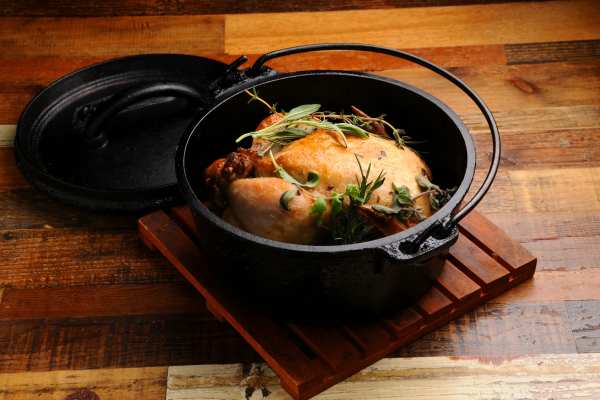
Searing meat before roasting in a Dutch oven is a crucial step that enhances flavor and texture. This technique creates a caramelized crust, known as the Maillard reaction, which locks in moisture and intensifies the meat’s natural flavors. Additionally, the browned bits left in the pan after searing add a rich, deep base for sauces and gravies, enriching the overall taste of the dish. By searing, you ensure that your roast remains juicy and tender inside while achieving a beautifully browned exterior. Incorporating this simple yet impactful method can elevate your roast from good to exceptional, making each bite a delight.
How to Layer Vegetables and Aromatics for Flavor
Layering vegetables and aromatics beneath your roast in a Dutch oven not only enhances the meat’s flavor but also enriches the resulting juices, creating a savory base for gravies and sauces. Start with hearty root vegetables like carrots, onions, and potatoes, which can withstand long cooking times without disintegrating. Add garlic, celery, and herbs such as rosemary and thyme to infuse the roast with aromatic flavors. Arrange these ingredients at the bottom of the Dutch oven before placing the meat on top, ensuring that the vegetables are in contact with the cooking liquid for optimal flavor absorption. This setup allows them to caramelize beautifully, contributing rich, complex tastes to the dish.
The Importance of Liquid: What to Add and Why
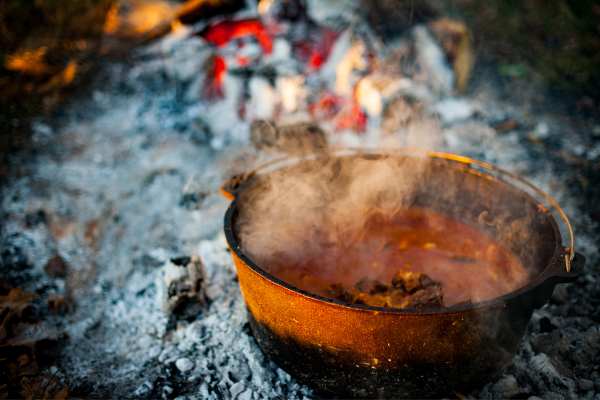
Choosing the right liquid to add to your Dutch oven when cooking a roast is crucial for infusing flavor and ensuring moisture. Broth, whether beef, chicken, or vegetable, is a popular choice as it enhances the meat’s natural tastes and contributes to a rich, savory gravy. Wine can also be used to add a deeper flavor complexity and a touch of acidity, which helps tenderize the meat. For a more aromatic experience, consider adding a splash of beer or cider. These liquids not only prevent the roast from drying out but also create a steamy environment inside the Dutch oven, allowing the meat to cook evenly and remain succulent.
Oven vs. Stovetop Roasting in a Dutch Oven
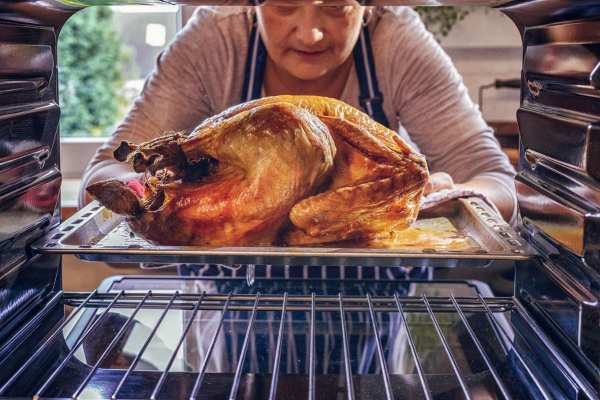
Choosing between oven and stovetop roasting in a Dutch oven depends on the recipe and desired results. Oven roasting provides consistent, even heat, making it ideal for slow-cooked roasts that develop deep, rich flavors. It allows the meat to cook gently, resulting in tender, juicy bites. Stovetop roasting, on the other hand, offers quicker cooking and is great for dishes requiring frequent stirring or monitoring. It’s perfect for smaller roasts or when you want to combine searing and simmering in one process. Whichever method you choose, the versatility of a Dutch oven ensures exceptional results with the right balance of heat and cooking time tailored to your dish.
Controlling Temperature for Even Cooking
Achieving perfectly cook a roast in a Dutch oven depends heavily on maintaining an even temperature throughout the cooking process. Start by preheating your oven to the recommended temperature, allowing it to stabilize before placing the Dutch oven inside. A low and steady heat is ideal for slow cooking, ensuring the meat becomes tender and flavorful. Use a meat thermometer to monitor the internal temperature, preventing overcooking or undercooking. If you’re cooking on a stovetop, adjust the flame to avoid hot spots that may burn the meat. By carefully controlling the heat, you can create a mouthwatering roast with consistent results every time.
Basting Techniques to Enhance Moisture and Flavor
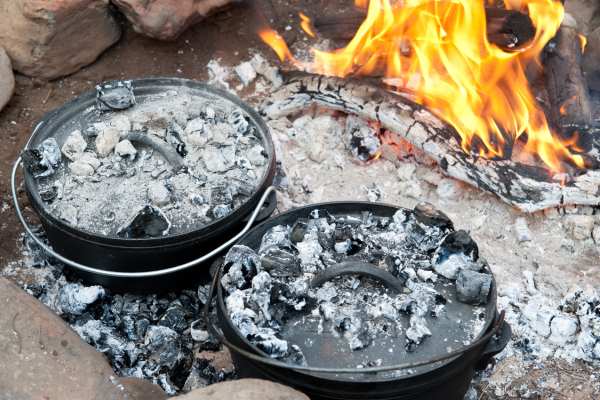
Basting is a simple yet powerful technique to keep your roast juicy and flavorful throughout the cooking process. Using the pan juices, melted butter, or a seasoned broth, regularly spooning liquid over the roast ensures it remains moist while developing a rich, glossy exterior. Begin basting once the roast starts to brown, typically after the first hour of cooking. Be consistent, repeating the process every 20-30 minutes to enhance the flavor and prevent dryness. If you’re using a Dutch oven with a lid, briefly remove it to baste before sealing the moisture back in. This step is key to achieving a tender, mouthwatering roast that delights every bite.
Checking for Doneness: Internal Temperature Guide
Ensuring your roast is cooked to perfection requires monitoring its internal temperature. Using a meat thermometer is the most reliable method for checking doneness. Insert the thermometer into the thickest part of the meat, avoiding bones or fat for an accurate reading. For a medium-rare roast, aim for 135°F, while 145°F ensures medium doneness. If you prefer well-done meat, let the temperature reach 160°F or higher. Keep in mind that the roast continues cooking slightly after being removed from the heat due to residual heat. Allow it to rest for 10–15 minutes before carving to retain juices and enhance flavor, ensuring a perfectly cooked dish every time.
Resting Your Roast: Why It’s Crucial
Allowing your roast to rest after cooking is an essential step for achieving maximum flavor and tenderness. When removed from the heat, the juices inside the meat redistribute evenly, preventing them from spilling out when sliced. This resting period helps lock in moisture, ensuring every bite is juicy and delicious. Cover the roast loosely with aluminum foil and let it sit for 10–15 minutes before carving. This simple technique not only enhances the taste but also makes slicing easier and more precise. Skipping this step can lead to a dry, less flavorful roast. Prioritize resting to elevate your meal to restaurant-quality perfection.
Conclusion
Cooking a roast in a Dutch oven is a rewarding experience that brings out rich flavors and tender textures. By combining the right ingredients, techniques, and care, you can create a meal that’s both comforting and impressive. Our guide on how to cook a roast in a Dutch oven ensures that every step, from preparation to serving, is simple yet effective. Whether you’re preparing a weeknight dinner or hosting a special gathering, this method guarantees flavorful, melt-in-your-mouth results. Embrace the timeless charm of Dutch oven cooking and delight your family and guests with a roast that’s truly unforgettable. Elevate your cooking skills and enjoy the ultimate satisfaction of a homemade masterpiece.

